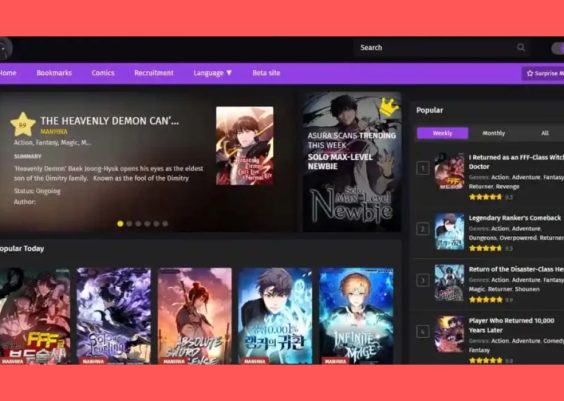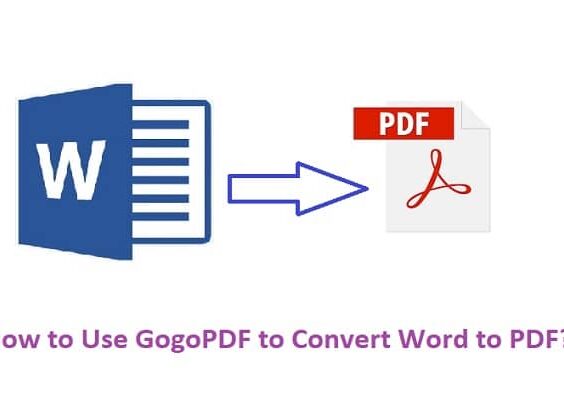In today’s digital age, businesses are increasingly relying on extranets to facilitate communication and collaboration between teams, partners, and customers. An extranet is a private network that allows authorized users to access specific information or resources from an organization. To make the most out of your extranet, it’s essential to have a well-designed landing page that provides users with easy access to relevant content and features.
Creating an effective extranet landing page can be challenging, but with the right approach and tools, you can streamline communication and improve productivity. In this article, we’ll explore the key elements of an excellent extranet landing page and provide tips on how to create one for your website.
Contents
What is an extranet landing page?
An extranet landing page is a web page that serves as the entry point to an extranet, which is essentially a private network that allows users outside of an organization to access certain information and resources. This type of landing page typically requires users to enter login credentials or other authentication information before granting access to the extranet.
Creating an effective extranet landing page involves designing a user-friendly interface that makes it easy for visitors to log in and navigate the site. It’s important to prioritize security measures, such as SSL encryption and multi-factor authentication, in order to protect sensitive data from unauthorized access. Additionally, incorporating helpful features like search functionality or personalized dashboards can enhance the user experience and encourage visitors to return.
Overall, an extranet landing page plays a critical role in facilitating secure communication and collaboration between organizations and external users. With careful planning and attention to detail, businesses can create a streamlined and secure platform for sharing information with partners, vendors, clients, or other stakeholders outside their organization.

The benefits of having an extranet landing page
An extranet landing page is a great way to improve your company’s communication with external stakeholders. By creating a specific portal for your partners, clients, or vendors, you can share information and resources in a secure and efficient manner. For example, you can provide access to product manuals, training materials, price lists, or order tracking systems. This not only saves time for both parties but also creates transparency and trust.
Moreover, an extranet landing page can help you streamline your business processes and reduce errors. You can set up workflows for approvals, feedback collection, or request handling that are tailored to the needs of each user group. This means that you can automate repetitive tasks and ensure that everyone has access to the latest version of documents or updates.
Finally, an extranet landing page is a powerful marketing tool that can help you promote your brand and showcase your expertise. You can use it to publish case studies, white papers, webinars or industry news that are relevant to your audience. This helps build relationships with existing customers while attracting new ones who appreciate the added value of working with your company.

Designing the layout of your extranet landing page
When designing the layout of your extranet landing page, it’s essential to keep in mind that this will be the first point of contact for your clients or partners. The layout should be simple and intuitive, with a clear message and call-to-action. One effective way to achieve this is by using a grid-based design that guides users through the content hierarchy.
Another important aspect to consider when designing an extranet landing page is its responsiveness across different devices. It’s crucial to ensure that your landing page looks great on desktops, laptops, tablets, and mobile phones. You could also incorporate visual cues such as bold fonts and contrasting colors to draw attention to critical elements like login fields or registration forms.
In conclusion, designing an effective extranet landing page requires careful planning and execution. By creating a clean and responsive layout with clear messaging, you can enhance user experience while increasing engagement rates on your website. Remember always to update the content regularly and analyze user behavior metrics for continuous improvement of your extranet platform’s effectiveness.
Customizing your extranet landing page for different user groups
When creating an extranet landing page for your website, it is important to consider the different user groups that will be accessing it. Customizing the landing page to cater to each user group’s needs will help improve their user experience and increase engagement.
One way to customize the landing page is by creating different sections or widgets for each user group. For example, if you have clients and vendors accessing the extranet, you can create a section for client-related information such as project updates and billing information, while also having a separate section for vendor-related information such as purchase orders and delivery schedules.
Another way to customize the landing page is by using personalized content based on each user’s preferences or previous interactions with your website. This can include displaying recent activity or documents related to their account or providing targeted recommendations based on their industry or interests.
By customizing your extranet landing page for different user groups, you can provide a more tailored and efficient experience that meets their specific needs. This not only improves engagement but also strengthens relationships with clients and vendors, leading to increased loyalty and potential business opportunities.

Integrating security features into your extranet landing page
Having an extranet landing page is a great way to provide secure access to information and resources for your business partners, customers, or vendors. However, it’s crucial to ensure that your extranet landing page has robust security features in place to protect sensitive data from unauthorized access.
One of the essential security features you should integrate into your extranet landing page is authentication. This means ensuring that only authorized users can gain access to the resources available on the page. You can achieve this by implementing username-password authentication or using multi-factor authentication methods like biometric verification or SMS-based codes.
Another critical security feature you should consider incorporating into your extranet landing page is encryption. Encryption helps safeguard sensitive data by encoding it before sending it over the internet. This ensures that even if hackers intercept the data, they won’t be able to read it without decoding it first.
Finally, you should also implement continuous monitoring and auditing of activities on your extranet landing page. This will help detect any suspicious activities and prevent potential breaches before they occur, further enhancing your overall cybersecurity posture.
Adding functionality to your extranet landing page with widgets and plugins
Widgets and plugins are essential tools that can help you add more functionality to your extranet landing page. By integrating these tools, you can customize your page to suit the needs of your target audience. There are various types of widgets available, such as social media buttons, calendars, maps, and chatbots. These widgets can be easily installed on your website without any coding skills.
Plugins, on the other hand, require a bit more technical knowledge but offer more advanced features than widgets. They allow you to enhance your extranet landing page with additional functionalities such as contact forms, lead capture forms for email marketing campaigns or CRM integrations for sales tracking purposes.
Whether you choose to incorporate widgets or plugins into your extranet landing page design will depend on the complexity of the features you want to add and how much customization is required. In either case, it’s important to select reliable providers who offer easy-to-use solutions that won’t slow down your website’s loading speed or compromise its security.
Conclusion: Creating a successful extranet landing page
In conclusion, creating a successful extranet landing page requires careful planning and attention to detail. The page should be visually appealing, easy to navigate, and provide clear instructions on how to access the extranet. It is important to consider the needs of your audience and make sure the content is relevant and useful.
Additionally, incorporating security measures such as two-factor authentication or encryption can help build trust with users. Regularly updating the content and design of the landing page can also keep it fresh and engaging for users.
Overall, a successful extranet landing page can enhance communication and collaboration between businesses and their partners or customers. By following these tips, you can create an effective landing page that improves user experience while maintaining security standards.




